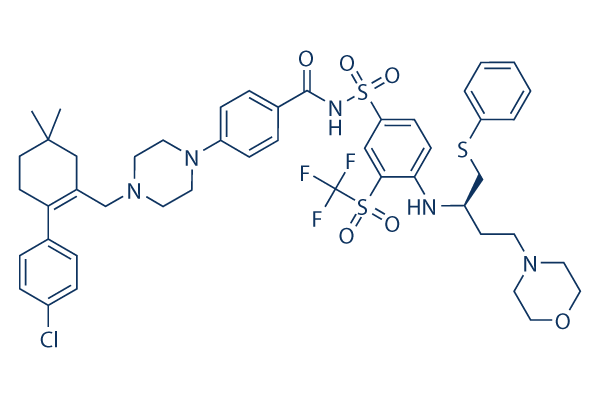Importantly, we did not locate a sizeable group difference in creatine, supporting the use of that metabol ite being a reference in our analysis. We had been not able to quan tify GABA or glutamine concentrations individually, or to examine more than 1 region of interest, offered our limited time frame for MRI information acquisition. Future in vestigations using higher magnet power, spectral editing and multi voxel imaging might even further elucidate the neurometabolic alterations in FXS. Conclusions We’ve demonstrated a significant reduce in choline as well as a combined measure of glutamate and glutamine while in the caudate of persons with FXS, as compared to indi viduals matched for age, sex and intellectual functioning. These findings corroborate preceding reviews that FXS is linked with deficits in choline and glutamate connected neurometabolites.
More research is required to deter mine the precise causal pathway involving restricted FMRP and altered neurometabolism, as well as the relationship be tween in vivo metabolite concentrations and hypersensi tive cholinergic and glutamatergic receptor functioning reported in animal models. Identification of your unique neurometabolic changes selleck chemical involved in FXS dysfunction could develop significant biomarkers for utilization in illness specific pharmacological treatments. Targeted pharmaco logical solutions aimed at correcting the neurometabolic program deficits linked with FXS would signify an immense improvement above current therapies made use of to ameliorate behaviors related with the disorder.
Our success and animal study recommend this article multiple neuro transmitter system involvement, so, in excess of 1 targeted remedy can be necessary to adequately ad dress every one of the behavioral and cognitive problems linked with FXS. Neurobiological imaging modalities such as MRS could help elucidate mechanisms and neural cir cuits by which absent or reduced FMRP relates to your behavioral and cognitive deficits related with FXS. Introduction Acute myeloid leukemia is brought on by clonal ex pansion of myeloblasts which have lost the standard regula tion of differentiation and proliferation, this triggers bone marrow accumulation on the leukemic cells, and therefore general bone marrow failure, and ultimately leukemization and organ infiltration. The median age on the time of diagnosis is 65 to 70 many years.
Whilst  the prognosis of AML has improved through the last decade, this is certainly primarily correct for younger grownups who can receive quite possibly the most intensive therapy, which includes stem cell transplantation, whereas the overall survival for older AML individuals re mains poor. The conventional intensive chemotherapy for AML usu ally has a treatment relevant mortality of roughly 5%. The early mortality for sufferers getting allogeneic stem cell transplntation is roughly 20 to 25%, even for patients devoid of serious comorbidity. a
the prognosis of AML has improved through the last decade, this is certainly primarily correct for younger grownups who can receive quite possibly the most intensive therapy, which includes stem cell transplantation, whereas the overall survival for older AML individuals re mains poor. The conventional intensive chemotherapy for AML usu ally has a treatment relevant mortality of roughly 5%. The early mortality for sufferers getting allogeneic stem cell transplntation is roughly 20 to 25%, even for patients devoid of serious comorbidity. a
Sodium Channel Signal
Sodium channels are highly selective for the transport of ions across cell membranes.
